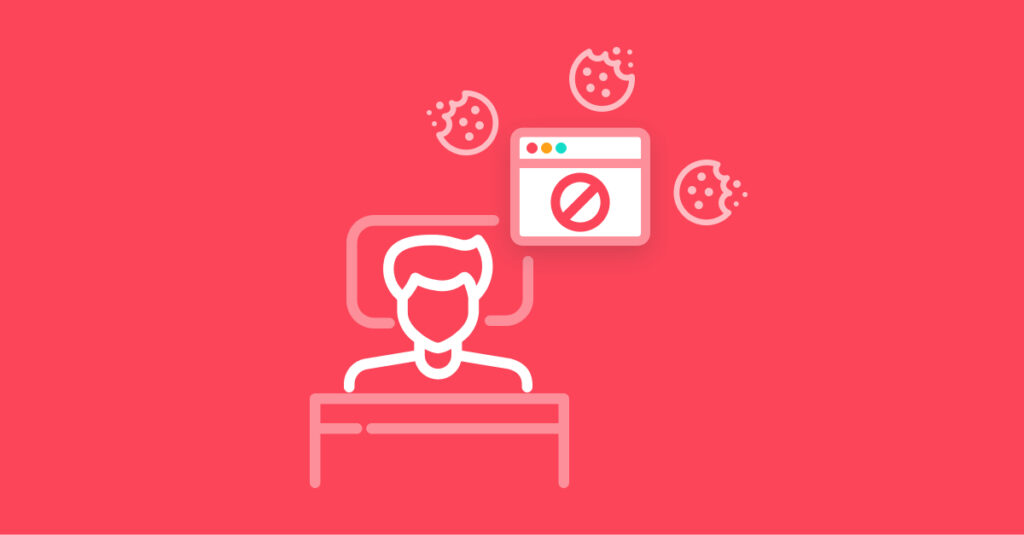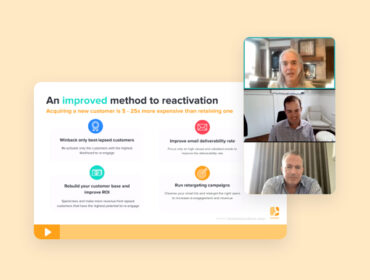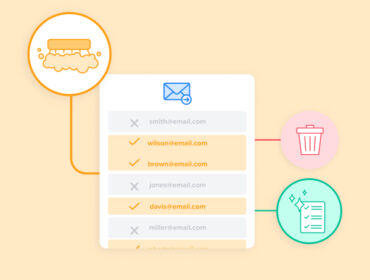Third-party cookie nightmares: What’s keeping publishers up at night?
Watching your teeth fall out. Being chased by a giant animal. Missing an important event. Showing up naked to school.
These are all common nightmares – but not for publishers. At least, not while they’re stuck in this strange limbo between using third-party cookies and waiting for them to be disabled on Chrome browsers.

Because for publishers, the scary creature isn’t the monster under the bed. It’s the concerns about data privacy, content strategy pivots, and frequency capping. (The horror!)
To find out exactly what keeps publishers up at night, we caught up with Garrett McGrath, VP of product management at Magnite, and Jessica Muñoz, VP of product marketing at LiveIntent, in a recent Real Time Banter webinar.
(Caution: Don’t read by yourself at night. You’ve been warned …)
Nightmare #1: Being first
Publishers are curious about this new phase of customer data tracking – and they know they have to prepare for it eventually. They just don’t want to be first to the chase.
“Publishers are saying, ‘I definitely want to be able to put my data to work. I don’t want to give it away. I want to yield the power that it gives me to foster great relationships with both my readers and my advertiser partners,'” said Muñoz. “But they’re also saying, ‘We want to wait a little bit because we’re concerned about being the first to migrate. And does that mean we have to completely shift everything today?'”
Without third-party cookies, publishers will have to learn to operate on an anonymized internet, using first-party data like email addresses to identify their audiences.
“There’s a large contingent of people talking about a cohort-driven digital economy, where affinity groups are assembled, and can then be purchased or targeted against in privacy-safe ways,” said McGrath. “So you’re not targeting individual users. And that raises questions about retargeting in the future.”
Nightmare #3: Building a new toolkit
Changing strategies is one thing. Developing an entirely new technology stack is another.
“Publishers are realizing that their toolkit has to change, along with the way they think about their data, their user signals, and what sort of value exchange they can make clear to their users so they can gather signals in transparent, opt-in or opt-out ways” McGrath said. “They don’t necessarily have to think about those things today. They just automatically happen in the background.”
But that won’t happen forever.
Nightmare #4: Saying goodbye to programmatic
Automated systems aren’t necessarily going to go away, but they may change.
As McGrath said, “Programmatic trading is still accelerating and in its infancy. I don’t think that the systems that we use will change – they will mature and grow and become more flexible and more controllable by publishers. But the systems that we use within those systems to represent identity or identity-like signals will mature into this first-party driven world.”


